Celebration Dances and Succession Politics in Iran
The country is far from united in mourning the passing of Ebrahim Raisi, also known as ‘The Butcher of Tehran.”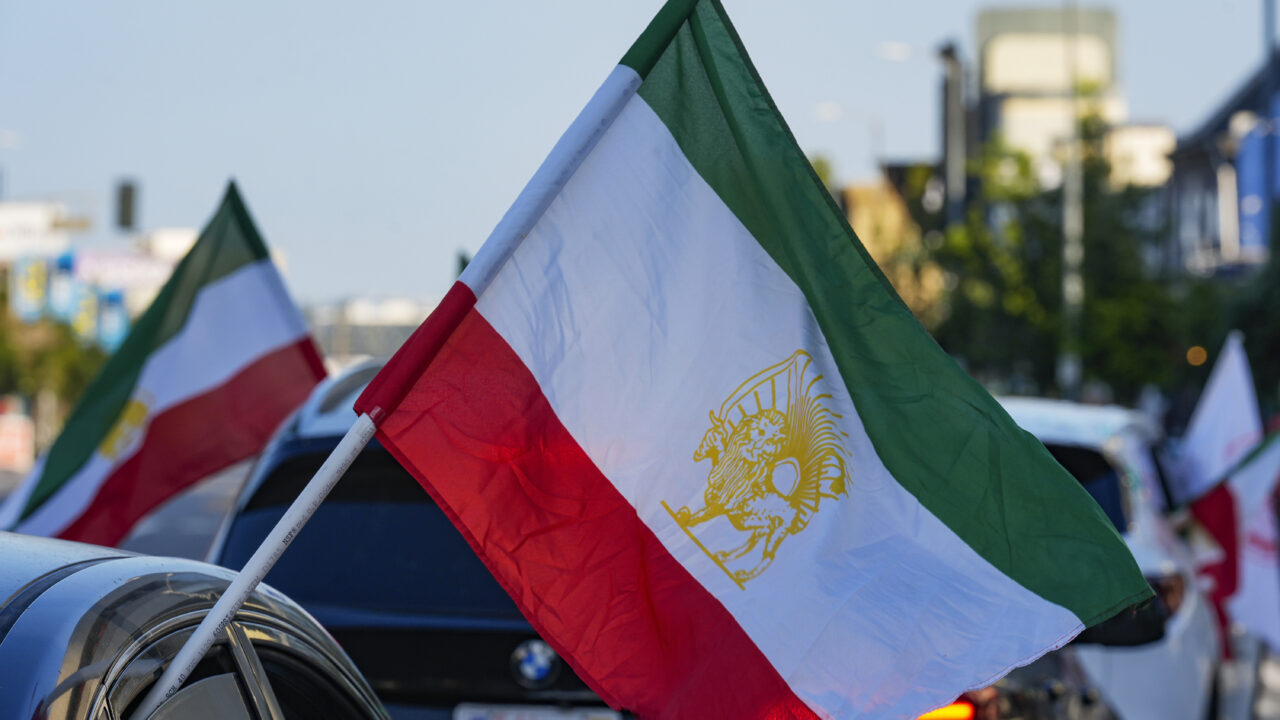 A caravan of vehicles rides while flying the Lion and Sun flag along Westwood Boulevard, in the so-called "Tehrangeles" neighborhood in the Westwood district of Los Angeles, Monday, May 20, 2024. (AP Photo/Damian Dovarganes)
A caravan of vehicles rides while flying the Lion and Sun flag along Westwood Boulevard, in the so-called "Tehrangeles" neighborhood in the Westwood district of Los Angeles, Monday, May 20, 2024. (AP Photo/Damian Dovarganes)
Ever since the helicopter carrying Iranian president Ebrahim Raisi and his foreign minister were announced missing on Sunday, Iranian state television and Western media have been repeating images of Iranians in prayer and in mourning.
As is often the case when it comes to Iran, the picture on social media is very different. Many Iranians have refused to follow the solemn five days of mourning announced by Supreme Leader Ayatollah Khamenei. A good number began celebrating even before the bodies were located, setting off fireworks and dancing in the streets across the country. The regime has labelled these displays “protests” and responded with violence and arrests. But the police have been unable to stop the proliferation of memes, jokes and images of dancing mothers whose children were killed or executed in recent years. In Iran, President Raisi was widely known as “The Butcher of Tehran.”
Notorious as “the hanging judge” while working as a prosecutor in Tehran, Raisi signed the death warrants of thousands of political prisoners in 1988 and has overseen some of the worst repression in the history of the Islamic Republic, especially since the Woman Life Freedom uprising that sprang from the death of Iranian-Kurd Mahsa Jina Amini at the hands of the Morality Police in September 2022. To date, some 500 protestors have been killed, over 22,000 arrested and nine executed in connection with the protests. His foreign minister Hossein Amirabdollahian was likewise hated for denying on camera that there had been any deaths during the protests.
Executions in general soared following Raisi’s assumption of the presidency in April 2021. Amnesty International notes that 853 people were executed between March 2023 and March 2024, including five child offenders, a 48% increase from 2022 and a 172% increase from 2021. The Iranians dancing with joy on social media have no illusions that the death of one hardliner augurs the collapse of an entrenched system. But the glee at seeing some justice served to the regime is real.
The Iranians dancing with joy on social media have no illusions that the death of one hardliner augurs the collapse of an entrenched system.
Despite the predictable burst of conspiracy theories, what happened is not much of a mystery. Three helicopters were carrying the president’s party back to Tehran from Azerbaijan, where Raisi had been present at the opening of the Qiz-Qalasi Dam, a joint project near the border between the two countries. In spite of cultivating ties with Iran, Azerbaijan is the largest importer of Israeli arms in the world and has very close ties with the Zionist regime. The border area is a well-known shadowland infiltrated by Mossad and CIA agents, but both the U.S. and Israel instantly denied any involvement in the crash. (Indeed, the U.S. State Department said on Monday that Iran asked Washington for assistance after the crash, but ultimately, the U.S. was unable to provide help for logistical reasons.) Israel has a lot of form on assassinating Iranian scientists and Revolutionary Guard, but they have never taken out someone as important as a head of state. They also know that the real power rests in the hands of the Supreme Leader, Ayatollah Khamenei.
When bad weather hit over the steep slopes of the Varzaqan region north of Tabriz in Iranian Azerbaijan, two of three helicopters in the party emerged. But the one carrying Raisi, Amirabdollahian and the other officials got into trouble and crash landed. The thick fog and blizzards made it very hard for rescue workers to reach the crash site. When they could not fly in and even drones could not find the site, the Red Crescent resorted to sending search teams on foot. Early Monday morning, Turkish authorities released drone footage showing what appeared to be a fire in the wilderness: the coordinates listed in the footage put the fire some 12 miles south of the Azerbaijan-Iranian border on the side of a steep mountain (another fascinating aspect of this incident is seeing how everyone in the region is watching everyone else). Bodies were located finally with the help of a Turkish high-altitude, long-endurance drone and recovered, and though described as “charred,” they were identifiable. There was no need for DNA testing.
An investigation has been launched into what happened to that helicopter, and the culprit could well be the sorry state of Iran’s aviation industry in tandem with terrible weather. Turkish Transportation Minister Abdulkadir Uraloǧlu has already revealed that the helicopter either did not have its transponder on or lacked one entirely. Decades of sanctions have made it hard for Iran to buy spare parts or to upgrade the Bell helicopters that were mostly bought during the Shah’s time. Aircraft accidents are sadly common in Iran for this reason.
As the nation enters five days of mourning, the lights of Tehran’s iconic Milad Tower have been switched off in respect. Most of the people of Iran, meanwhile, continue to dance in celebration in the privacy of their own homes or online. While parks and leisure activities are closed, businesses and shops remain open; one feels even the authorities know they should not push the people too far into mourning a president that was so wildly unpopular. Raisi was loathed for his repression of women — the Morality Police are back in force this year on his orders — and for his overseeing of massive inflation. The economy is in freefall and the Rial has lost 55% of its value in less than three years.
His election was a play by the Supreme Leader and hardliners to secure their position and the succession of the infirm, 85-year-old Khamenei. The Guardian Council responsible for vetting all candidates for the presidency disqualified 600 candidates, leaving only Raisi and three others in the running. In spite of the lowest ever voter turnout, the election in April 2021 ratified Raisi’s presidency, an assurance that when Khamenei dies, this vacuum of power could not be filled by a reformist or even conservative president who could influence the succession for Supreme Leader, which is the real seat of power in the country.
Raisi was loathed for his repression of women — the Morality Police are back in force this year on his orders — and for his overseeing of massive inflation.
With Raisi gone, the only other candidate for the top job is Mojtaba Khamenei, the Ayatollah’s second son, who has been polishing up his religious clerical credentials in the past few years, but a hereditary succession in a regime that toppled a hereditary monarchy would have a hard time looking credible.
The constitution of the Islamic Republic is very clear on what should happen next; in fact, Raisi’s vice president, Mohammad Mokhber, has already stepped up to fill the role (his first phone call was to Putin) until elections can be held in 50 days’ time. Whether the hardliners can scare up a shoo-in candidate in that time remains to be seen, perhaps opening the door to some of the other factions that have been sidelined in recent years to make a comeback: even the conservatives are more in favor to opening to the world and loosening the strictures on women’s hijab and human rights than the hardliners who are now so desperate to hold onto power.
Tensions in the region are at an all-time high. Saudi Arabia and Israel are considering deepening their security links in order to counter Iran’s influence, while at home in Iran, unrest bubbles under the surface. The regime looks less secure than it did a week ago.
Perhaps the real revenge on Raisi and the regime was taken by Iran’s mountains and what remains of its once-fauna-rich northern jungles. Decades of environmental abuse and resource pillaging caused Lake Urmia to virtually dry up and many species of majestic animals go extinct. Environmentalists who tried to stop this were arrested, jailed and executed. Scenes of the crash site show the steep, forested slopes through which filmmaker Mohammad Rasoulof escaped over a week ago, choosing exile over a long prison sentence and lashes for making his award-winning films. There is some poetic justice in the fact that it was this magnificent landscape that swallowed up some of the most feared men in the Islamic Republic of Iran.
Your support matters…Independent journalism is under threat and overshadowed by heavily funded mainstream media.
You can help level the playing field. Become a member.
Your tax-deductible contribution keeps us digging beneath the headlines to give you thought-provoking, investigative reporting and analysis that unearths what's really happening- without compromise.
Give today to support our courageous, independent journalists.


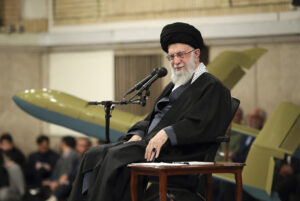
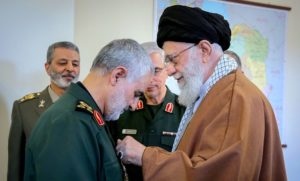
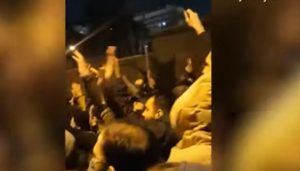
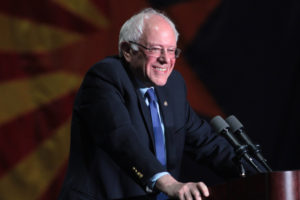
You need to be a supporter to comment.
There are currently no responses to this article.
Be the first to respond.